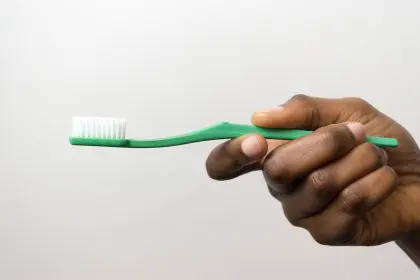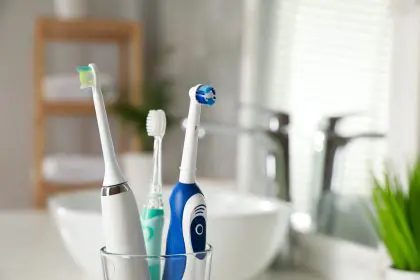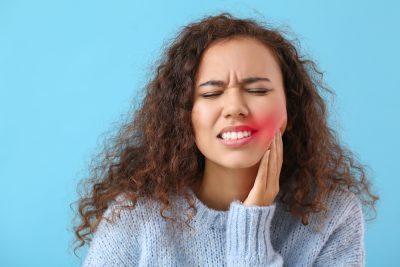Your toothbrush serves as the primary defender against oral health issues yet many overlook its maintenance. Dental professionals emphasize that regular toothbrush replacement plays a crucial role in maintaining optimal oral hygiene and preventing potential health complications.
Understanding toothbrush lifespan
Professional dentists recommend replacing toothbrushes every three months based on extensive research into bristle wear patterns and bacterial accumulation. This timeline applies to both manual and electric toothbrush heads ensuring effective plaque removal and gum protection.
The three-month guideline stems from studies showing significant degradation in cleaning effectiveness beyond this period. Bristles begin losing their structural integrity compromising their ability to reach between teeth and along the gum line where bacteria typically accumulate.
Identifying replacement indicators
Physical signs often indicate the need for replacement before the three-month mark. Splayed or frayed bristles provide the most visible indication of wear while discoloration suggests bacterial buildup requiring immediate replacement.
Reduced cleaning effectiveness manifests through a feeling of incomplete cleaning after brushing. Users might notice their teeth feeling less smooth or observe persistent bad breath despite regular brushing. These symptoms often indicate diminished cleaning capability due to worn bristles.
Health implications of delayed replacement
Using worn toothbrushes carries significant health risks. Damaged bristles can cause micro-abrasions on gum tissue creating entry points for bacteria. These injuries may lead to gum inflammation potentially progressing to more serious periodontal issues.
Bacterial accumulation on aged toothbrushes presents another concern. Studies indicate that worn bristles harbor more harmful bacteria potentially reintroducing pathogens into the mouth during brushing. This risk increases significantly after illness making immediate replacement crucial following any infection.
Impact on dental structures
Worn toothbrushes can damage tooth enamel through irregular bristle patterns. The uneven pressure distribution may cause excessive wear on certain tooth surfaces while leaving others inadequately cleaned. This inconsistent cleaning pattern often results in uneven plaque removal increasing cavity risk.
Gum tissue faces particular vulnerability to damaged toothbrushes, frayed bristles may cause gum recession exposing sensitive root surfaces and creating long-term dental complications. Professional dentists emphasize that preventing such damage requires vigilant maintenance.
Proper toothbrush care
Maintaining toothbrush effectiveness extends beyond regular replacement. Proper storage significantly impacts bristle longevity and bacterial control. Keeping them upright in open air allows proper drying reducing bacterial growth between uses.
Cleaning practices affect toothbrush performance throughout its lifespan. Thorough rinsing after each use removes debris and bacteria while allowing bristles to maintain their shape. Avoid storing toothbrushes in closed containers which can create humid environments promoting bacterial growth.
Selection criteria
Choosing appropriate toothbrushes significantly impacts oral health outcomes. Soft bristles provide optimal cleaning while minimizing tissue damage. Medium or hard bristles often cause unnecessary wear on both teeth and gums despite common misconceptions about their effectiveness.
Size considerations matter when selecting toothbrushes, the brush head should allow easy access to all tooth surfaces including hard-to-reach back molars. Handle design should facilitate proper grip ensuring effective cleaning technique.
Comprehensive oral care
Toothbrush replacement represents one component of complete oral health maintenance. Regular dental visits complement home care routines allowing professional assessment of brushing technique and early problem detection. These checkups help identify potential issues before they develop into serious conditions.
Dietary choices significantly impact oral health outcomes. Limiting sugary foods and acidic beverages helps preserve tooth enamel while adequate hydration supports natural oral cleaning processes. These factors work together with proper brushing technique to maintain oral health.
Professional recommendations
The American Dental Association endorses specific brushing techniques maximizing toothbrush effectiveness. Positioning bristles at a forty-five-degree angle against the gum line ensures proper cleaning of both teeth and gum tissue. Using gentle circular motions proves more effective than aggressive back-and-forth strokes.
Brushing duration plays a crucial role in cleaning effectiveness. The recommended two-minute minimum allows adequate time for thorough cleaning of all tooth surfaces. Many electric toothbrushes include timers helping users maintain appropriate brushing duration.
Economic considerations
While regular replacement may seem costly investing in oral health through proper tool maintenance proves more economical than treating dental problems. Prevention through proper care and replacement costs significantly less than addressing complications from inadequate oral hygiene.
Maintaining optimal oral health requires understanding the importance of regular toothbrush replacement combined with proper cleaning technique and comprehensive dental care. This holistic approach helps ensure long-term oral health while preventing potentially costly complications.














